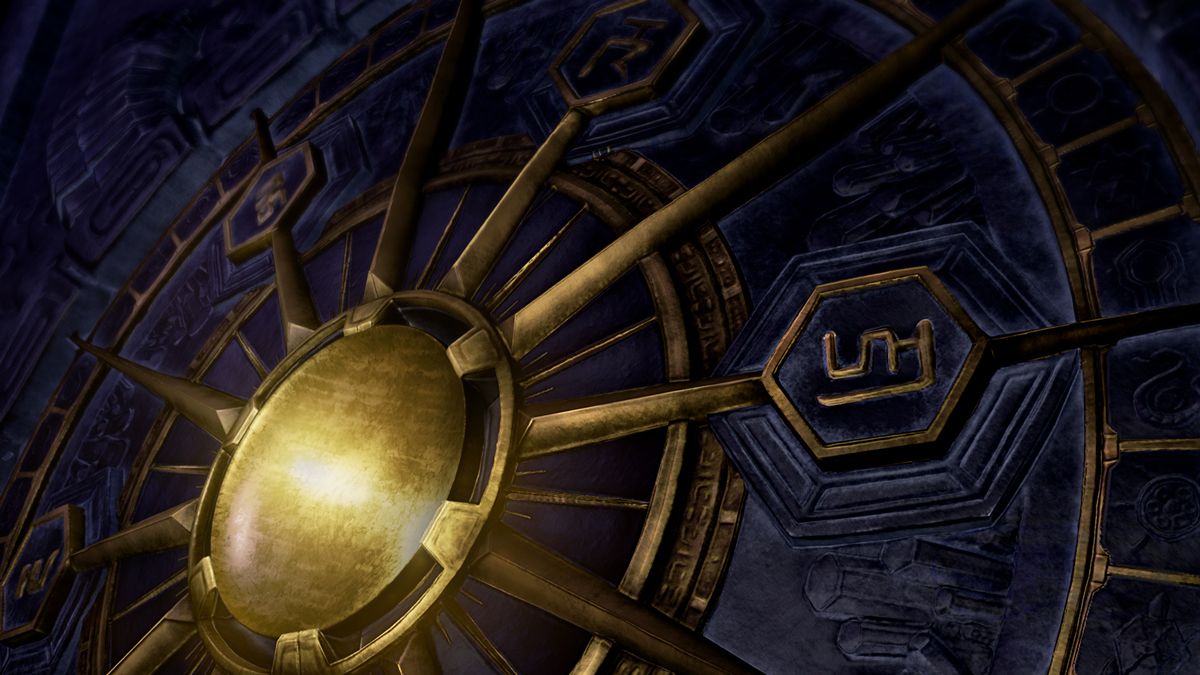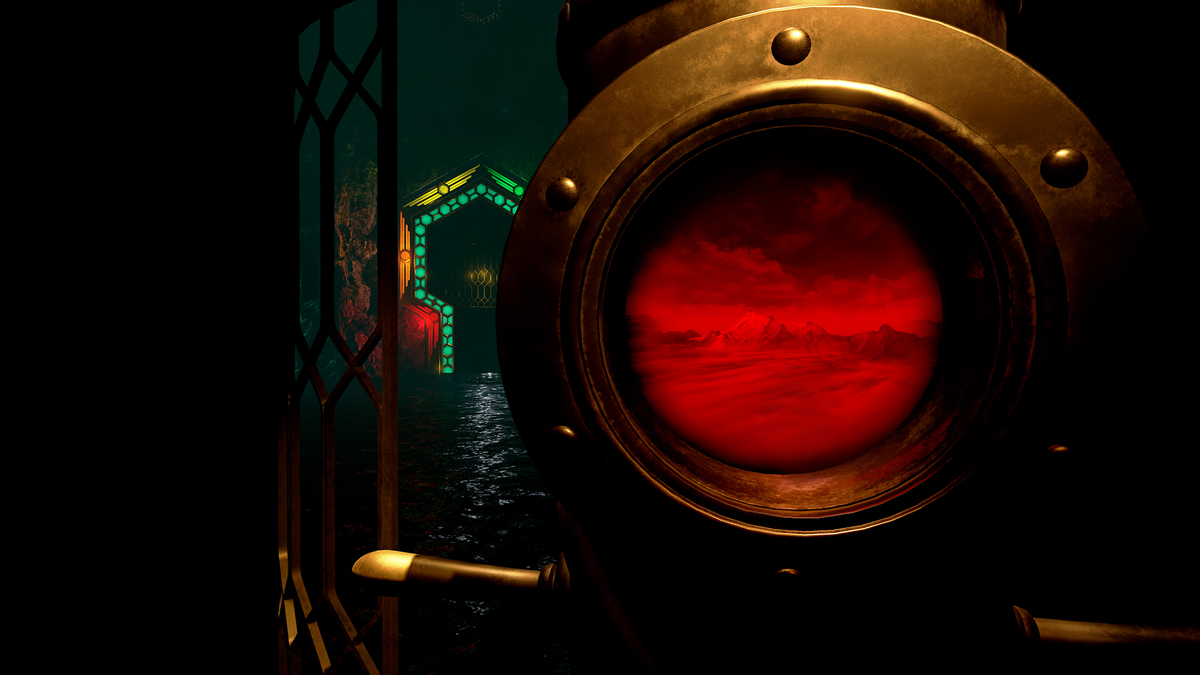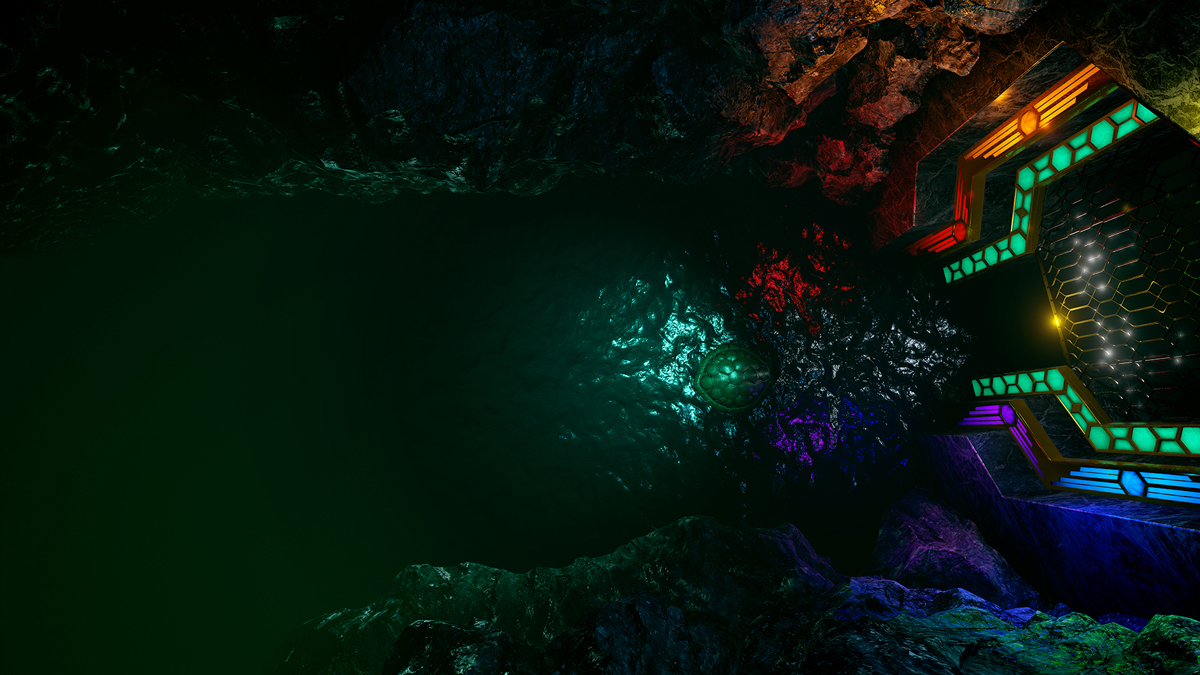Platform exclusivity, project funding, and cross-platform compatibility are hot-button issues in the VR industry. Many developers do their best to bring their games to as many devices as possible, but it doesn’t always work out that way. With the release of the Oculus Touch controllers late last year, we’re getting closer to a world of platform parity between the Rift and Vive, but some differences still exist in terms of how they handle full 360-degree roomscale tracking configurations.
The vast majority of the games on Oculus Home that include support for “experimental” roomscale setups also provide 180 options as well. According to Tony Davidson, founder at Innervision Games and developer of Thunderbird, that 180 tracking setup is the default configuration expected from the folks at Oculus to get your game on the Home Store in the first place, at least for the original launch lineup of titles for Touch.
We’ve asked for clarification from Oculus about whether this forward-facing support is a guideline or a requirement for developers supporting Oculus Touch. Games released after the Touch launch window, such as HordeZ and Unearthed Inc: The Lost Temple as well as some Gallery Apps, for example, only feature 360 support in Oculus Home, but those apps may not get the same level of attention or promotion within the store.
Thunderbird is a slow-paced, puzzle-focused, atmospheric adventure game. It takes heavy inspiration from genre classics like Myst (Obduction is a recent VR game from the creators of Myst, following a similar idea) and infuses those concepts with full roomscale support, requiring players to physically move around and interact with the environment to progress. It truly transports you to a beautiful fantastical world, placing you in the shoes of the game’s intrepid traveler.
We were blown away by the 20-minute introductory experience that lands on Steam today of Thunderbird: The Legend Begins. Naturally, something that requires so much interaction and activity from its users is best played with full 360 tracking and roomscale support.
“Back in the summer [of last year] when Oculus started investing heavily into content that supported motion controllers, we began discussions and working with them on creating a port of Thunderbird for their Touch launch,” explained Davidson in an email to UploadVR. “We spent a good deal of time trying to accommodate them on their default 180′ format requirement for Home but the results were far from ideal…The whole exclusive ordeal with Oculus last summer would have been a big help to our project but we just couldn’t agree with the whole 180′ approach and having us dumb-down our experience for them. After making all of the necessary changes to support a 180′ experience we ended up with a product that we felt was not representative of our vision of VR. There were so many sacrifices made to accommodate it and the end result was not very appealing and was considerably different compared to our original design.”
When Davidson mentions the need to “dumb-down” the game, it is not an exaggeration. Oculus’ sensors might have trouble tracking below your knees in the default 180 arrangement and there are objects you’ve got to pick up off the ground in Thunderbird. One puzzle in particular necessitates 360 movement and they couldn’t figure out an elegant and non-immersion breaking way around that hurdle that retained the quality of the game they wanted to ship.
“We tried very hard to make it work with our project but there were just too many obstacles blocking the way and in the end, we ended up with an experience that we just couldn’t endorse,” wrote Davidson. “For games like wave shooters it makes sense to limit the user to a 180′ format but for something like Thunderbird it’s a much different scenario. One of the key assets in our first chapter is a periscope that requires 360′ interaction and we spent days trying to redesign it so that it would work with a 180′ format but no matter what we tried, nothing worked. It was literally impossible to make a simple 360′ interaction like rotating a periscope functional within a front-facing format. In our case, we would have been forced to eliminate this from the experience entirely which would be a real shame because this is the type of interaction that is so fun to do in VR.”
As someone that has used Oculus with Touch in a variety of configurations, I can see why Oculus would prefer developers support the lowest common denominator (which is 180, front-facing tracking) when building apps for Touch. Anyone that has Touch should be able to play a game standing, facing forward, with two sensors since that is the easiest way to set it all up. I’ve expanded that to three or even four sensors personally at times to get a full 360 or roomscale effect, but not everyone with Touch can do that. Two months after release it is still considered an “experimental” arrangement by Oculus. In fact, recent patches have introduced bugs making the tracking even less reliable for some buyers.
“Thunderbird was originally designed from the ground up as a true room-scale experience with the intention of targeting the various location-based entertainment venues like the VR arcades that are popping up around the globe,” elaborated Davidson. “From the start, our intention with Thunderbird was to create a premium VR experience that showcases the full capabilities of room-scale VR and the Vive allowed us to really make progress in that direction…We personally don’t consider 180′ experiences to be true VR and so we won’t be offering this on Oculus Home. To us, VR is a 360′ experience by default and so we don’t want to dumb the experience down that far. At least not just yet because we really don’t support what Oculus is doing for VR with their default 180′ format.”
The version of Thunderbird players will try at home will have teleportation as a way of getting around though, in case your play space isn’t large enough, but if you have the room, you can freely move around just like you would in the large location-based booths they’ve demoed the experience in previously. Davidson’s issue isn’t so much with the existence of 180 tracking. It is just not the type of content he wants to create.
“It’s no secret that Oculus shunned the whole room-scale approach as being nothing more than a ‘niche within a niche, within a niche’ and so, fortunately for us, Valve and HTC had the insight to see its potential and gave us devs the option to create content that was more conducive to what I consider to be true Virtual Reality,” said Davidson. “I guess you could say that I’m a purist at heart because I’m not personally interested in creating or even playing games and watching movies in VR as much as I am in experiencing virtual environments with the same sort of freedom and interaction that we all enjoy in our actual realities…The seated experience is very limiting in terms of what we can offer as developers and the approach of restricting user’s movements to a front-facing format goes directly against our whole concept of VR which I believe, by default, is a 360′ experience.”
If you’ve only got a Rift, but do have the Touch controllers with a 360 setup, you’re not out of luck; Innervision still wants you to enjoy the game. They are still supporting the Oculus SDK through the version that is on Steam, so if you have the appropriate setup with your Rift you should still be able to enjoy it roomscale.
Thunderbird: The Legend Begins is a short, 20-minute interactive adventure (now available on Steam for $5.99) that serves as the foundation for the base game and lore. Longer chapters are expected to release soon episodically. More is coming soon.
Update: The headline of this story was changed at 1:40PM PST 2/10/17 to highlight a different quote and sentiment, but the body of the story is the same.





























